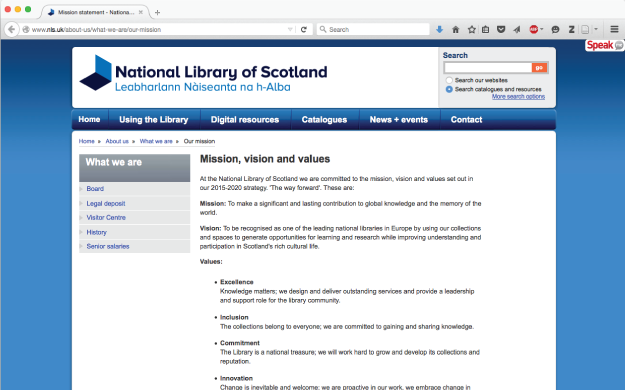Mission
Why am I including a mission? I think it’s pretty important to this debate. It’s also important to practice what I preach, and to explain why I’m doing certain things on my blog the way I’m doing them. Accordingly, I’ve used issues that cultural institutions are facing to illustrate my reasons and why my mission has taken this form.
This blog will connect real evidence with research through visual methodology.
First, I’m currently working on a few papers that address these issues in more detail. Given the visual nature of these issues, I have been increasingly relying on screen shots as evidence. Consequently, the papers are turning into illustrated articles and it’s getting out of control. A blog format is more conducive to tracking developments and presenting visual evidence, as well as updating how positions shift and why.
Second, cultural institutions usually have to cut through a lot of red tape to make changes in policies. National law restricts many decisions. A number of individuals might need to approve the changes. Once these policies are in place, they can become stagnant fast. You know what’s not stagnant? Technology. It’s really hard to keep up with both the pace of developing technology and the ever-changing needs of your audience, especially when you’re a cultural institution. Which brings me to my next point…
This blog will examine problematic issues between cultural institutions and the public domain.
This blog aims to present a balanced perspective of why things are happening the way they are—indeed, surrogate IP rights are often exercised as a “solution” to larger, more pressing issues.
On the other hand, it’s important to protect the public domain. Cultural institutions are doing their best, but they’re often extremely limited in resources when carrying out their own public missions. Digitizing collections and managing a website can be almost like managing an additional and entirely separate cultural institution in and of itself. Sometimes decisions are made to help mitigate the amount of administration required to maintain an online presence.
This blog will excessively (yes, excessively) attribute its various sources.
It is important to give credit where credit is due (thanks, Getty’s Open Content Program and Fred Saunderson, and see the footnotes here). Not only is someone’s intellectual creation viewed as a part of their personhood, but it’s also often relevant to the culture, time, location, etc., in which it was created. It’s extremely easy to right-click and download an image or document. And, yes, it’s tedious and annoying to include a citation as to where that image came from and what it contains. Yet, attribution is central to this debate and the underlying rationale for when cultural institutions opt in favor of surrogacy.
One of cultural institutions’ major concerns is that once a digital reproduction is uploaded to a website, it will be downloaded and reused without reference to the artist (or the institution responsible for its stewardship). In fact, this happens all the time. When it happens, the public loses the educational context of the work. Even the digital image, perhaps, loses some of its value since it’s no longer identifiable. What’s important, essentially, is the practice of attribution—both to the original artist and the institution trusted with its care. Pursuant to their educational missions, cultural institutions are using surrogacy as a way to protect the educational value of their digital cultural heritage.
In conclusion, and regardless of how you use digital cultural heritage, make sure to attribute, attribute, attribute. That’s why I’ve linked to my sources throughout this blog (so I hope you like reading underlined type). I’ve also created a Bibliography page as a resource for those interested in cultural institutions and intellectual property.

